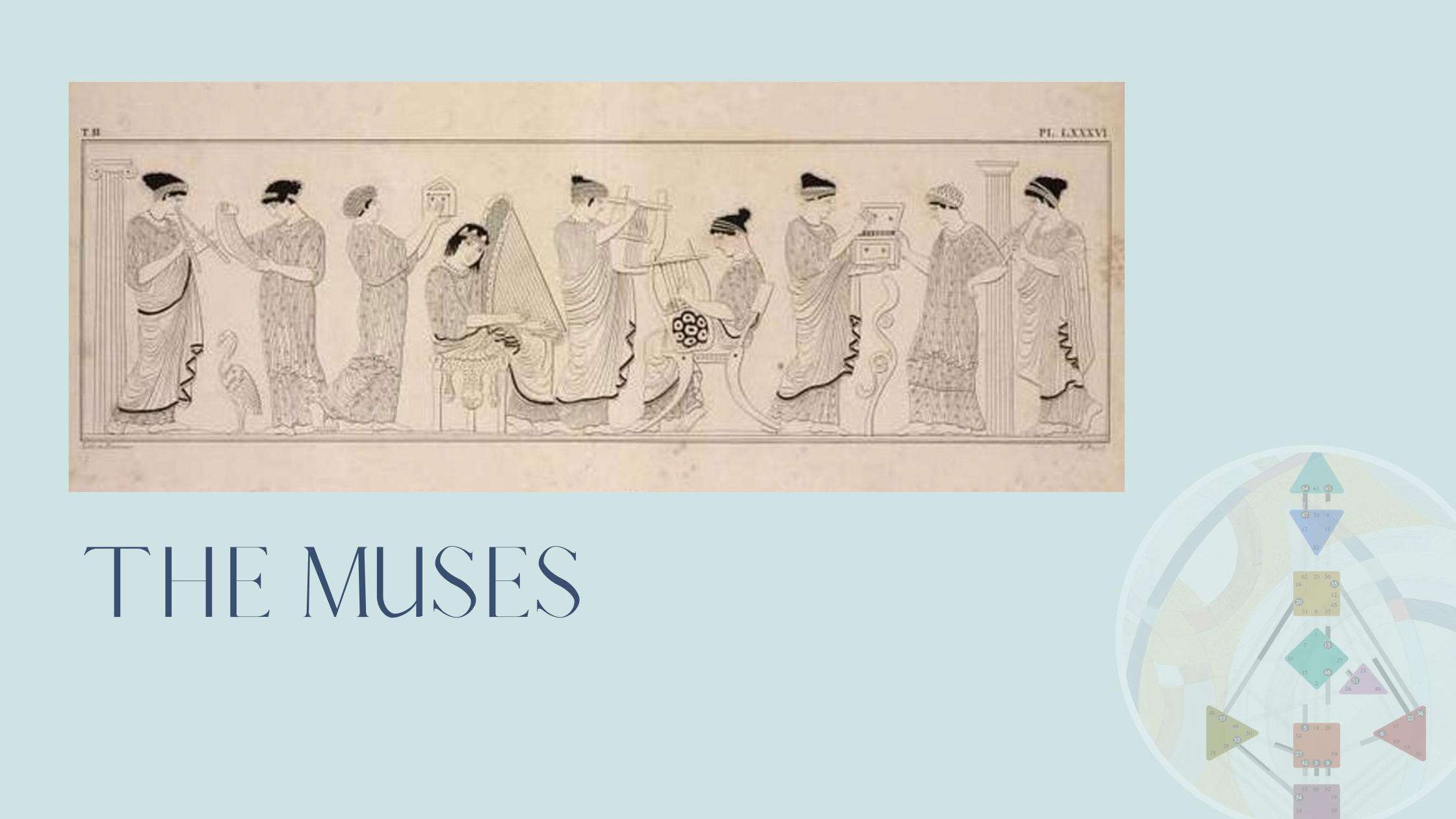The nine divine daughters of Zeus and Mnemosyne, who decided which arts were worthy of inspiration—and which were not
In ancient Greek mythology, nine divine sisters held the power to grant creative inspiration to mortals. These Muses, daughters of Zeus and Mnemosyne (Memory), each presided over specific artistic and intellectual domains:
Calliope governed epic poetry and eloquence, Clio preserved history, Erato inspired love poetry, Euterpe blessed music and song, Melpomene presided over tragedy, Polyhymnia guided sacred poetry and hymns, Terpsichore led dance and choral song, Thalia brought forth comedy, and Urania illuminated astronomy and celestial knowledge.
Notice what’s missing? Not a single Muse claimed painting, sculpture,
or any visual art.
This omission wasn’t accidental—it reflected a fundamental divide in how the Greeks understood creativity itself.
When we admire a Michelangelo sculpture or a Leonardo painting today, we see the work of a “master artist.” But for centuries, these creators would have been classified alongside blacksmiths and carpenters as mere craftsmen. This distinction, rooted in the ancient Greek understanding of the Muses, created a cultural divide that took over a millennium to overcome.
In classical antiquity, creativity was divided into two distinct categories. The ancient Greeks believed that certain arts—poetry, music, dance, and scholarly pursuits—required divine inspiration from the nine Muses. These were considered noble arts because they engaged the mind and soul, connecting mortals to the gods through rhythm, harmony, and cosmic truth.
Visual arts like painting and sculpture, however, were classified as techne—skilled crafts requiring manual labor and technical expertise. While highly respected for their difficulty and beauty, these pursuits were seen as fundamentally different from “inspired” arts. A sculptor worked with his hands and tools; a poet channeled divine wisdom.
This wasn’t merely academic categorization—it had profound social implications. Poets and musicians were welcomed into noble courts as honored guests. Visual artists, no matter how talented, were often grouped with other skilled tradespeople and paid accordingly.

The tide began turning during the Renaissance, when artists like Leonardo da Vinci deliberately positioned themselves as intellectuals rather than craftsmen. Leonardo filled his notebooks with scientific observations, mathematical theories, and philosophical musings—proving that visual artists were thinkers, not just skilled hands.
Michelangelo famously bristled at being called a mere sculptor, insisting he was an artist-philosopher who revealed divine beauty trapped within marble. These Renaissance masters didn’t just create art; they wrote treatises, studied anatomy, and engaged with humanist scholars, systematically elevating their social status.
The establishment of art academies in the 16th and 17th centuries formalized this transformation. These institutions taught not just technique but also poetry, mythology, and philosophy. Students studied the “liberal arts” alongside painting and sculpture, finally bridging the ancient divide between inspired and manual arts.
The academies created a hierarchy even within visual arts: history painting (depicting noble, moral subjects) was considered highest, while still life and portraiture ranked lower. This reflected the ongoing struggle to prove that visual art could convey profound ideas, not just demonstrate technical skill.

Today’s art world still grapples with these ancient distinctions. We see it in debates over whether digital art, craft-based practices, or commercial design qualify as “fine art.” The struggle for recognition continues with new mediums and approaches, each fighting to prove their legitimacy as vehicles for serious artistic expression.
Understanding this history reveals why questions of artistic legitimacy run so deep in our culture. The ancient Greeks’ division between divine inspiration and skilled craft created hierarchies that influenced Western civilization for millennia—hierarchies we’re still working to understand and sometimes dismantle.
The next time we visit a museum, we should remember: every artwork represents not just creative vision, but also a long battle for the recognition of visual arts as worthy of intellectual respect.

